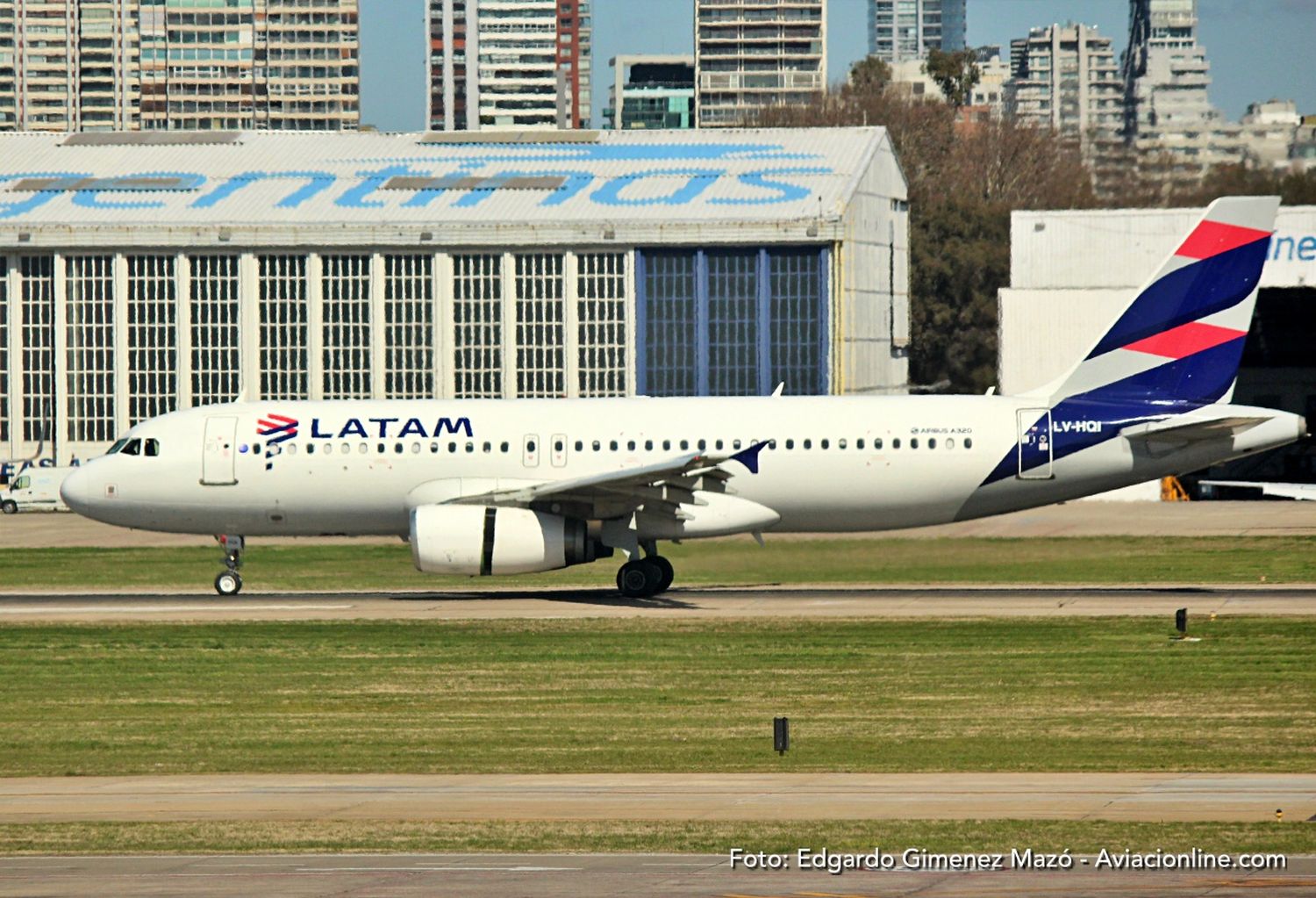LATAM Airlines Group presented its results for 2022, a year in which, boosted by the exit from Chapter 11, it achieved figures that will allow it to continue its recovery process in 2023.
In the Q&A session, LATAM CEO Roberto Alvo was asked if the company would be interested in entering the Mexican domestic market if the Lopez Obrador government moves forward in allowing foreign airlines to fly domestic flights, and also if it is possible to go back to Argentina with domestic flights.
The executive said that in the short term the focus is on recovering the capacity they had in 2019.
«We have a lot of growth in front of us and immediately our focus is in the five domestic markets where we have operation as well as developing our international network and even growing it beyond of what we had prior to 2019», said Roberto Alvo giving as an example new routes announced such as Sao Paulo – Los Angeles and Bogota – Orlando, materialised thanks to the joint venture with Delta Air Lines.
«We’re interested in in the possibilities of expanding of course in the region», he continued, mentioning the situation in Colombia (although without naming Viva) and how there is an opportunity there to gain a stronger position.
«Our focus is in South America, I would say. So I’m not discarding anything either in Mexico as you mentioned or in Argentina. But I would say that the focus today is in the countries where we are. So this is this is the guiding principle at least for now», Alvo concluded.
Considering the strange seismic movements of the Latin American airline market in the wake of the pandemic, time will tell what form or name a landing in Mexico and a return to Argentina might take, but these are two key markets that no company can completely disengage from.
LATAM Argentina
In June 2020, during the uncertain first months of the pandemic, LATAM announced that it would cease its domestic operation in Argentina as it was unable to adapt to the new competitive context marked by the arrival of low-cost airlines in conjunction with the paralysis experienced by air transport due to government restrictions on the movement of people.
The company had landed with an Argentine subsidiary in 2005 as a quick solution found by the government to fill the void left by Southern Winds (and others such as LAPA and Dinar, which succumbed after the 2001 crisis).
It quickly gained its place as the country’s second largest operator, even more so until 2009 when Aerolíneas Argentinas, still in the hands of Marsans, was on the brink of the abyss.
During the following decade, it maintained a domestic network that was quite straitjacketed both for political reasons after Aerolíneas Argentinas was nationalised and for turning its focus towards channelling international passengers through its South American hubs when the market opened up in 2016.
The arrival of the low-cost airlines between 2018 and 2019 increased the red of the Argentine subsidiary as it was unable to move forward with a restructuring (including the Unions) that would improve its efficiency and productivity, issues that the then CEO, Enrique Cueto, had acknowledged to Aviacionline during the ALTA Forum in 2018. LATAM Argentina closure in 2020 left 1,700 people out of work.
Once the Argentine government began easing restrictions on the movement of people and reinstated scheduled flights in late 2020, LATAM returned to operating only international routes from Santiago, Lima and São Paulo.
By 2019, LATAM Argentina had carried 3.1 million passengers with a fleet of 13 Airbus A320 aircraft (complemented by 8 Boeing 767-300s operating on interchange).
Its network from Buenos Aires reached Iguazú, Bariloche, Salta, Tucumán, Mendoza, Córdoba, Neuquén, Comodoro Rivadavia, Río Gallegos, El Calafate and Ushuaia, in addition to Miami, Santiago de Chile, Lima and São Paulo abroad.


Comentarios
Para comentar, debés estar registrado
Por favor, iniciá sesión